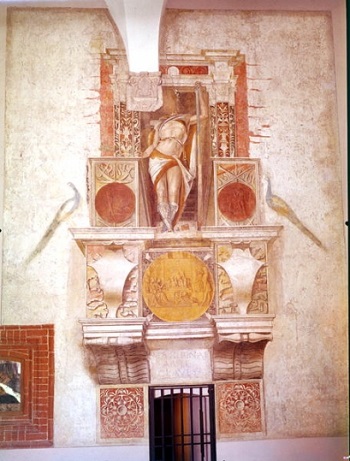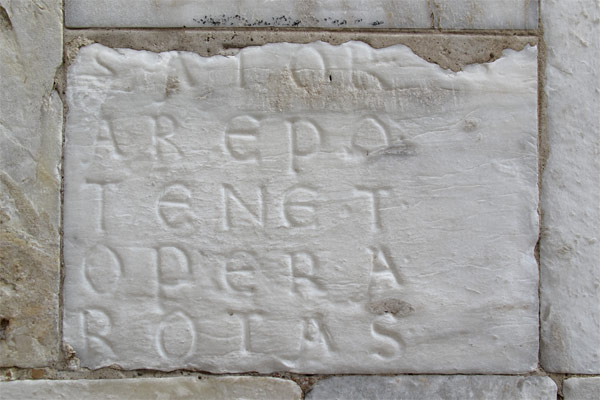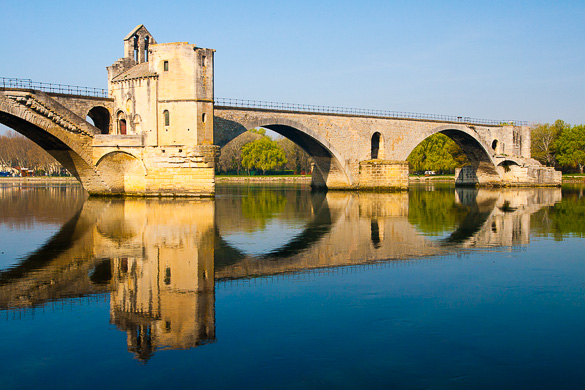
In the Treasury, Castello Sforzesco, Milan you will find an absolute visual delight. Walking west from the courtyard of Las Rocchetta, you come to Torre Castellana, on the ground floor of which is a superb fresco of Argus that has survived unseen for 500 years, but nowadays is open to the public on very special occasions.
Commissioned by Ludovico il Moro – undoubtedly some time before 1493 – this fresco is located above the door that links the two small rooms of the Treasury. During the restoration of the vault there, the face in the fresco was damaged and that is why the masterpiece was covered up five years later. However, it was thanks to his cover that the rest of the fresco could survive and emerge in perfect condition so many years later during restoration work.
The figure with the damaged face has been identified as Argus, the mythological Titan said to have had one hundred eyes, fifty of which remained open while he slept. The two medallions in fake bas-relief depict two episodes from the Argus myth (Mercury lulling Argus to sleep and Mercury with the body of the murdered Argus). The peacocks either side of the fresco are also a clear reference to the myth: the goddess Hera was said to have scattered the eyes of Argus across the bird’s tail after theTitan’s death. On the frame beneath the medallions there is a legend, now illegible, which has been reconstructed as follows: “I restored to Argus all the eyes which the gods took from him/That he might be a vigilant guardian and come to reinforce this anguine castle” (anguine – “serpent-like” – was reference to the serpent that figured in the armorial bearings of the Sforza family).
However, it is difficult to understand why a figure who met such a tragic fate should have been chosen as the guardian of the castle’s treasures, Thus it has been suggested that the figure is actually Janus, the mythical founder of Milan who was supplied to watch over the city’s fate.
Another mystery concerns the artist who painted the fresco. On its discovery the work was attributed to Leonardo da Vinci, then to Donato Bramante. Today the latter is simply credited with the design, and the actual fresco is said to be the work of his disciple Bramantino.
A fascinating story about an astonishing fresco – something most definitely to be seen if you ever get the opportunity.










